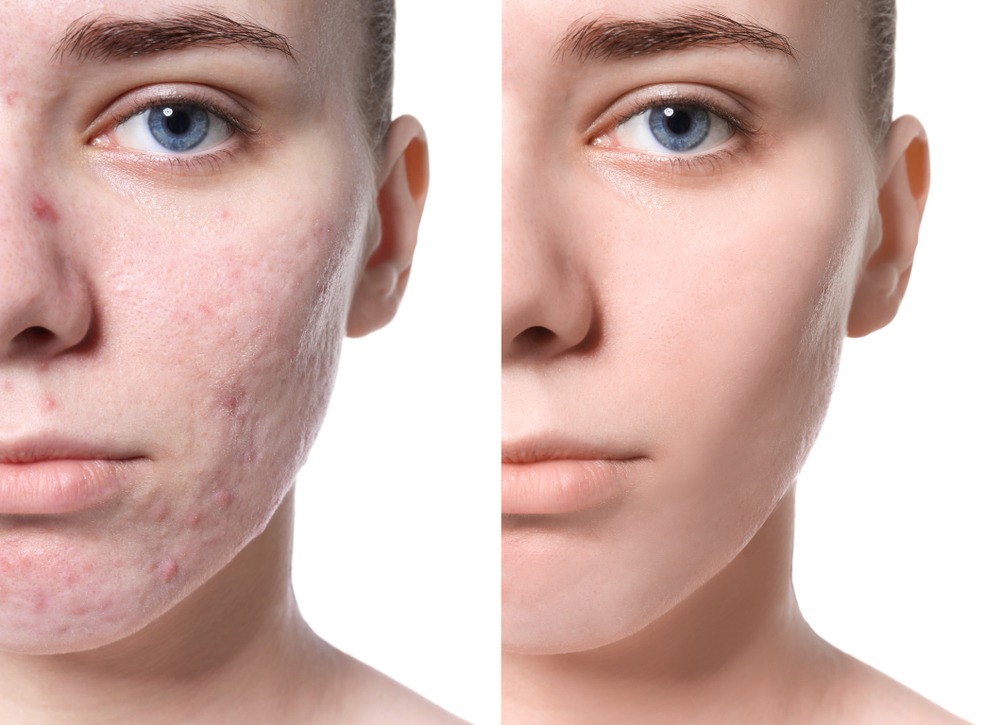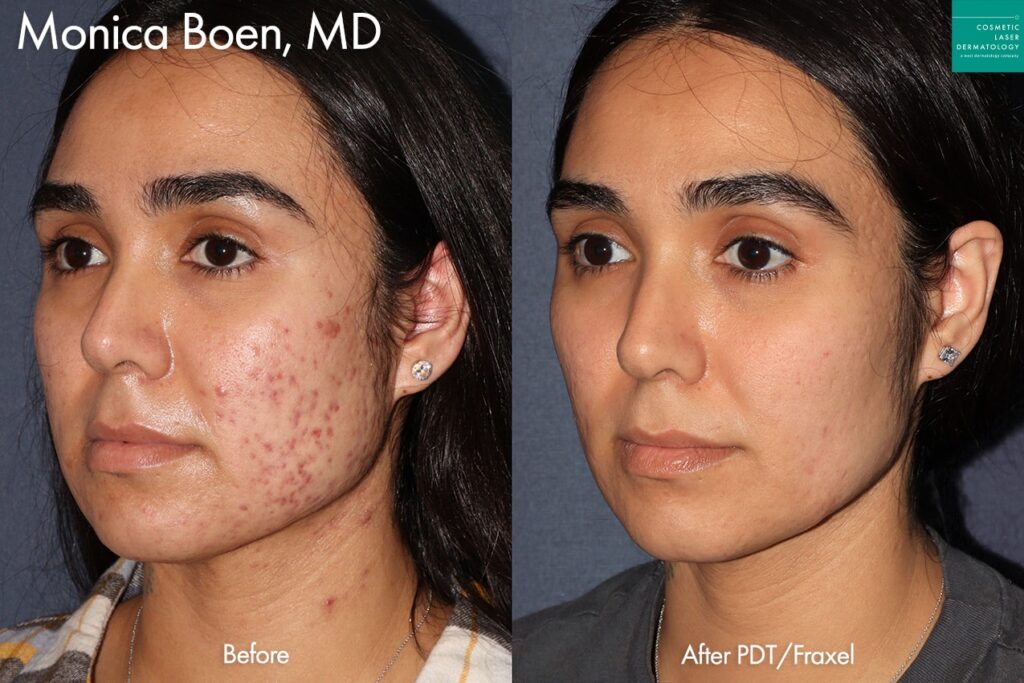Skin Rejuvenation Treatments: Renew Your Skin and Decrease Acne Scars
Skin Rejuvenation Treatments: Renew Your Skin and Decrease Acne Scars
Blog Article
Discovering Skin Disease: Dealing With and recognizing Acne Scars for Healthier Skin
Acne scars represent a substantial concern for people seeking to keep healthy and balanced skin, as they can impact both look and self-esteem. Understanding the various kinds of scars, from atrophic to hypertrophic, is necessary for determining suitable treatment options. While professional interventions like chemical peels and microneedling can be effective, the importance of personalized care strategies can not be overstated. Preventative measures play an important function in lessening future scarring. As we check out these elements, one have to take into consideration just how the appropriate method can bring about transformative outcomes.
Recognizing Acne Scars

The body's natural recovery process can lead to either atrophic scars, which look like depressions in the skin, or hypertrophic marks, which are increased and arise from overflow of collagen. Furthermore, the emotional toll of acne scars should not be taken too lightly; several individuals report sensations of shame, anxiousness, and reduced self-worth. This psychological worry can affect social interactions and overall high quality of life.
Resolving acne marks calls for a comprehensive understanding of their formation and impact. Awareness of the capacity for long-lasting repercussions connected with without treatment marks can inspire people to look for ideal treatments. Early intervention and effective administration techniques can substantially enhance skin look and enhance psychological durability, highlighting the significance of understanding the complexities surrounding acne marks.
Sorts Of Acne Marks
Acne scars can be categorized into distinct kinds, each showing one-of-a-kind qualities and requiring certain treatment techniques. acne and acne scars treatment. The main kinds of acne scars include atrophic, hypertrophic, and keloid scars

Hypertrophic marks, in comparison, are raised above the skin degree and are the result of too much collagen manufacturing during the healing procedure. They typically continue to be within the limits of the original acne sore. Keloid marks are similar but expand beyond the initial injury site, developing bigger, elevated areas that can be excruciating or itchy.
Recognizing these kinds of marks is important for choosing appropriate treatment alternatives. Different scars might respond much better to details therapies, such as laser treatments, fillers, or surgical treatments, emphasizing the value of a customized approach to acne mark monitoring.
Identifying Your Scars
Acne scars generally fall into two categories: hypertrophic and atrophic scars. These can additionally be identified right into ice-pick scars, boxcar marks, and rolling marks, each showing unique characteristics and calling for different approaches for analysis.
Hypertrophic marks, on the various other hand, are raised and take place because of excessive best site collagen production throughout the healing process. Recognizing the specific features of your marks-- such as deepness, width, and structure-- is essential for correct recognition (acne scars). Additionally, consider the distribution of marks across your skin, as this can indicate the extent and period of the acne problem
Involving with a skin specialist can supply useful understandings right into the nature of your marks, helping in the differentiation in between different kinds. A comprehensive understanding of your marks will ultimately lead to a much more tailored and reliable therapy strategy, ensuring a clearer and healthier skin tone.
Therapy Alternatives Available
Recognizing the particular sort of acne marks present on your skin lays the groundwork for exploring reliable treatment alternatives. Usual kinds of acne marks consist of atrophic (clinically depressed), hypertrophic (elevated), and post-inflammatory erythema.
For atrophic marks, options such as chemical peels, microneedling, and laser resurfacing are commonly made use of. Chemical peels use acids to eliminate the outer layer of skin, advertising new cell growth. Microneedling involves little needles that develop micro-injuries, promoting collagen manufacturing. Laser resurfacing targets damaged skin cells, boosting appearance and tone.
Hypertrophic marks can be treated with corticosteroid shots to flatten the mark or laser treatment to decrease redness and enhance look. Silicone gel sheets and stress dressings may likewise aid in managing increased marks.
On top of that, dermal fillers can momentarily fill out depressions from atrophic scars, while medical excision might be suitable for extreme instances. Each treatment alternative has its visit here considerations and benefits, making it important to speak with a skin specialist. They can supply individualized referrals based upon the kind and severity of your marks, as well as your skin type and total health.
Tips for Avoidance
Efficient avoidance approaches can dramatically reduce the chance of establishing acne scars. The initial step is to keep a regular skincare routine that consists of mild cleaning, exfoliation, and hydrating. Utilizing non-comedogenic products assists protect against stopped up pores, which can aggravate acne. In addition, including topical treatments containing salicylic acid or benzoyl peroxide can efficiently lessen and manage breakouts swelling.
Avoiding need to stand out or choose acne lesions is important, as this can cause deeper skin damages and enhance the danger of scarring. Instead, consider utilizing a cold compress or over the counter therapies to reduce swelling and soreness.
Sunlight protection is another crucial element of prevention; ultraviolet (UV) rays can darken scars and hinder the recovery process. Using a broad-spectrum sun block with at least SPF 30 daily can protect the skin and promote also healing.
Last but not least, maintaining a well balanced diet rich in minerals, vitamins, and antioxidants sustains skin health and healing. Staying moisturized and managing tension levels can also play a significant role in lowering acne flare-ups. By executing these methods, individuals can substantially lessen their chances of creating acne scars.
Conclusion
In verdict, understanding and determining acne scars is necessary for efficient treatment and achieving healthier skin. Different kinds of acne scars, consisting of hypertrophic and atrophic marks, require specific interventions customized to individual needs. Treatment choices array from chemical peels and microneedling to corticosteroid shots, highlighting the value of consulting a dermatologist. In addition, taking on a gentle skin care routine and securing the skin from UV exposure can considerably contribute to the avoidance of more scarring and general skin wellness.
The body's natural healing process can result in either atrophic scars, which appear as depressions in the skin, or hypertrophic marks, which are increased and result from overproduction of collagen. They are more split into 3 subtypes: ice choice marks, boxcar marks, Get More Info and rolling scars. Acne marks generally drop into 2 groups: hypertrophic and atrophic marks. These can better be classified right into ice-pick marks, boxcar scars, and rolling scars, each exhibiting distinctive characteristics and calling for different techniques for evaluation.
Numerous types of acne scars, consisting of atrophic and hypertrophic scars, require particular treatments customized to private needs.
Report this page